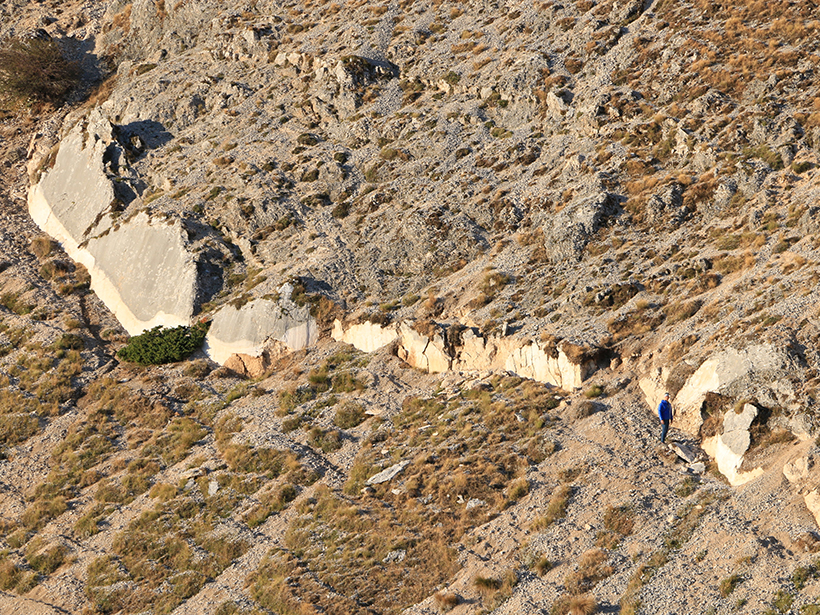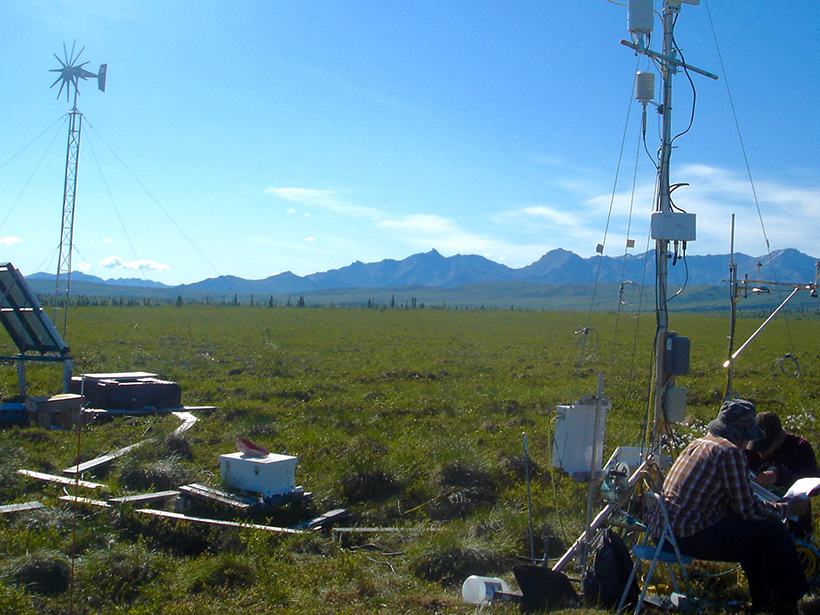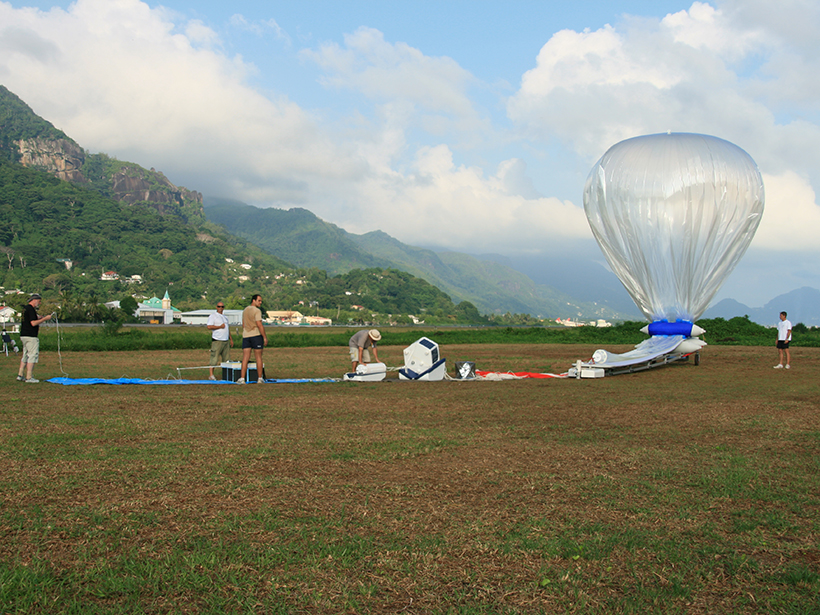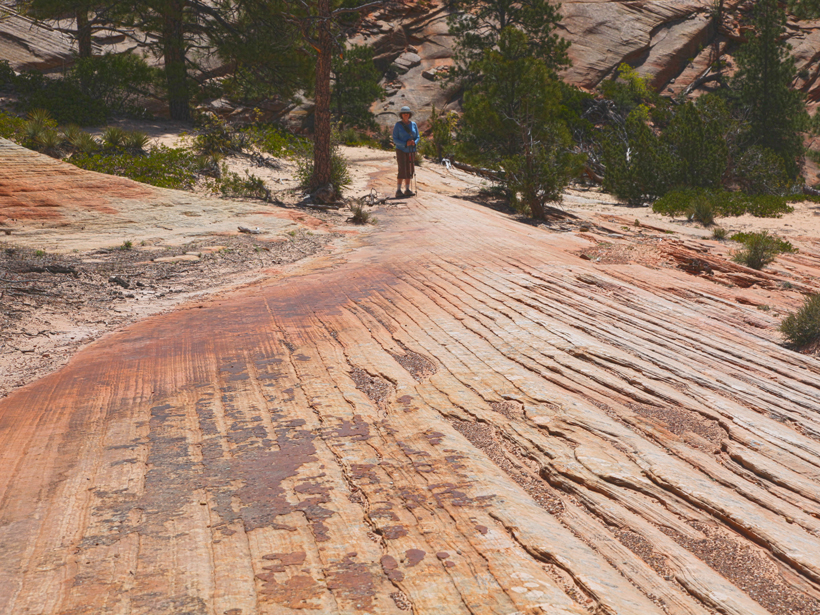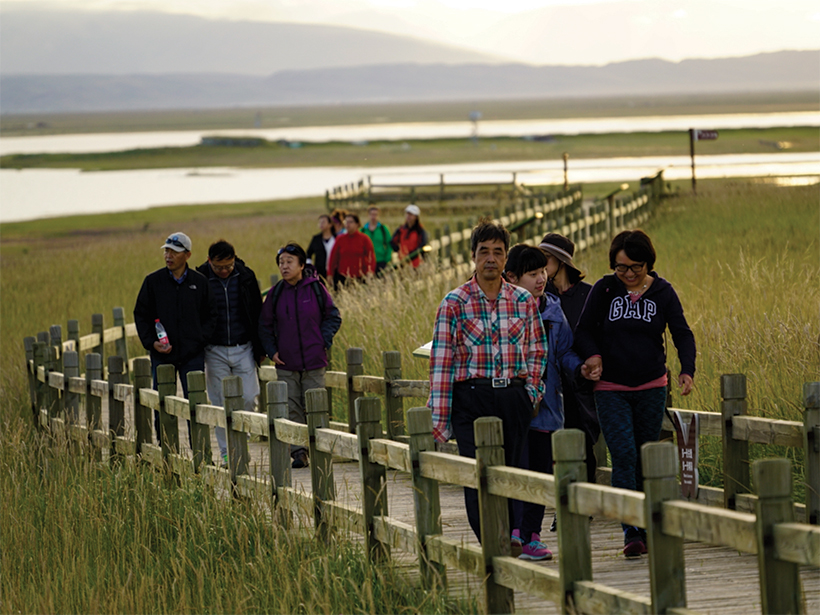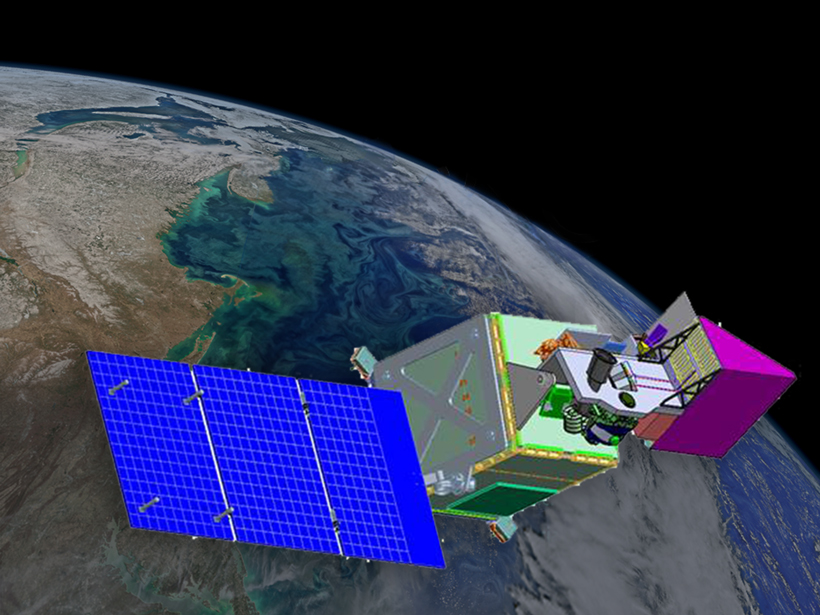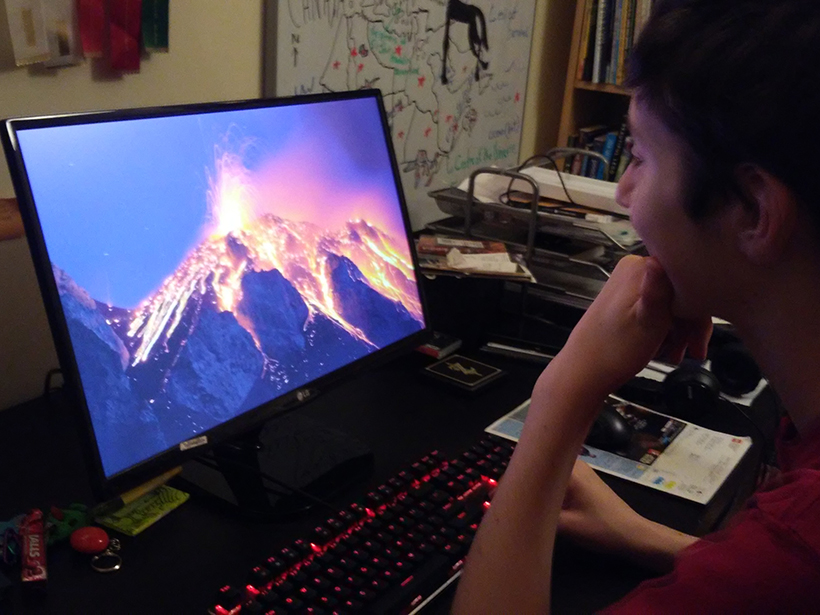Earthquakes: Nucleation, Triggering, Rupture, and Relationships to Aseismic Processes; Cargèse, Corsica, France, 2–6 October 2017
Science Updates
Understanding High-Latitude Methane in a Warming Climate
Climate change could spur greenhouse gas release from the Arctic. A new project will synthesize existing data to improve uncertain predictions.
What Would Earth Be Like Without Life?
Workshop on a Cosmic Perspective of Earth: A Planet Permeated and Shaped by Life—Implications for Astrobiology; Tokyo, Japan, 13–15 September 2017
Toward a Satellite-Based Monitoring System for Water Quality
Water Quality Workshop for End Users; Greenbelt, Maryland, 27 September 2017
Around the World in 84 Days
In the Stratéole 2 program, set to launch in November 2018, instruments will ride balloons into the stratosphere and circle the world, observing properties of the air and winds in fine detail.
Monitoring Tropical Cyclones with Lightning and Satellite Data
A new storm-following tool continually watches for lightning over the open ocean. Combined with satellite microwave data, the new real-time observations will improve forecasts of tropical cyclones.
Planetary Dune Workshop Expands to Include Subaqueous Processes
The Fifth International Planetary Dunes Workshop: From the Bottom of the Oceans to the Outer Limits of the Solar System; St. George, Utah, 16–19 May 2017
U.S. and China Assess Ecosystem Effects of a Fading Cryosphere
Impacts of a Changing Cryosphere on Lakes and Streams in Mountain Regions: US-China Collaborative Workshop at Qinghai Lake; Qinghai, China, 21–27 August 2017
A Novel Approach to a Satellite Mission’s Science Team
NASA’s Plankton, Aerosol, Cloud, Ocean Ecosystem satellite mission, still in planning stages, operates with a framework that could serve as an example for science support of future missions.
A New Massive Open Online Course on Natural Disasters
Two professors put their college course online. Enrollment jumped more than 20-fold, and a forum for exchanging ideas with a multigenerational international community was born.

